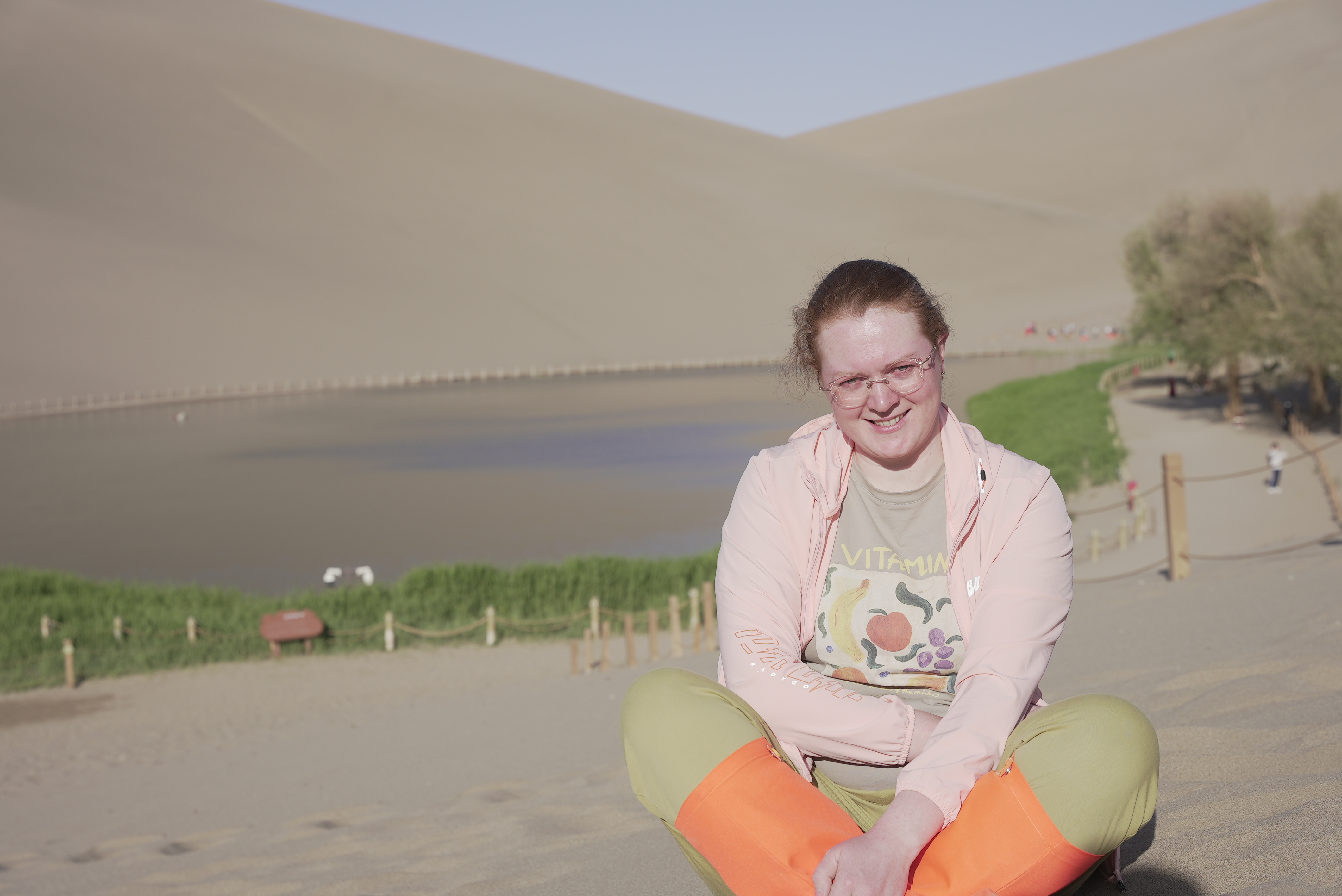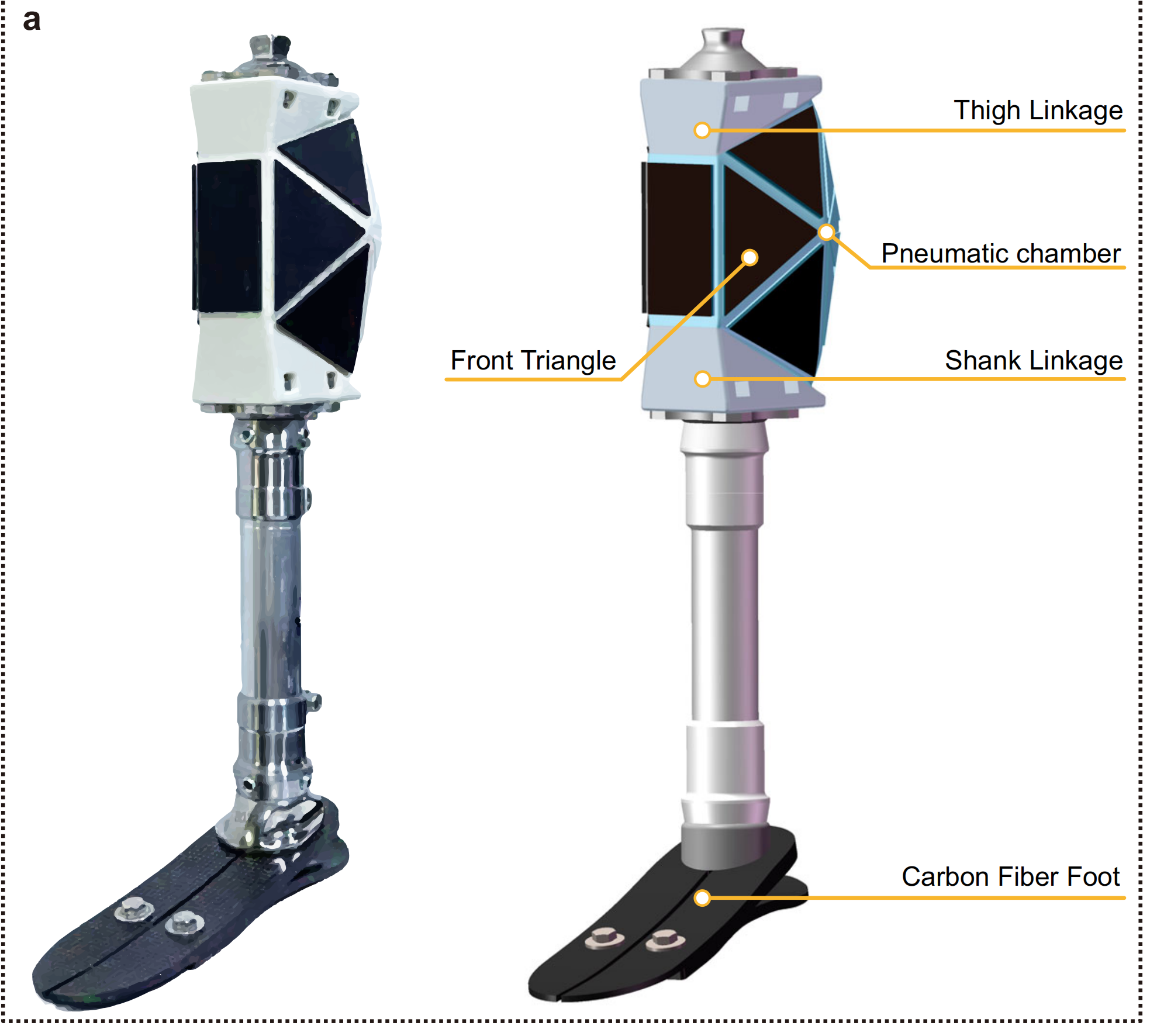Cultural Heritage Protection More Important than Showcase
By LONG Yun

Professor Olga Pronkina sits by the Crescent Spring of Dunhuang, Gansu province. (COURTESY PHOTO)
The main event of the 2023 Cultural and Natural Heritage Day, with the theme of "Conservation and Utilization of Heritage and Cultural Confidence," was held in Chengdu, Sichuan province, on June 10.
Regarding the theme of this year's event, Olga Pronkina, an expert from Russia who has been working on Dunhuang studies in China for nearly a decade, shared her perspective on the Dunhuang culture, international cultural exchange and heritage conservation with Science and Technology Daily recently.
Pronkina said she has been actively involved in promoting cultural exchanges between China and foreign countries, adding that such exchanges play a crucial role in fostering cultural confidence and strength. She highly values the importance of each country and ethnic group inheriting their own traditional culture, while continuously exploring and understanding the excellent cultures of other countries and ethnic groups.
When it comes to the balance between preservation and utilization in the process of cultural heritage protection, Pronkina highlighted the significance of showcasing cultural heritage as an essential means of reaching out to the public, which enable the public to understand artifacts, connect with history and immerse themselves into diverse cultures.
At the same time, she stressed the primary focus should be on protection rather than exhibition. She suggested leveraging digital technology to showcase cultural heritage, as it can better protect artifacts and ensure their long-term cultural and historical significance.
In terms of technology's role in preserving and promoting Dunhuang culture, Pronkina mentioned the "Digital Dunhuang" project,an interactive digital platform of a virtual duplication of the Library Cave in Mogao Grottoes, was accessible to the public from April 2023. She praised the project as a successful integration of cultural heritage and technology, enhancing visitors' experience and connection with Dunhuang art.
Nevertheless, Pronkina pointed out that the project may not fully satisfy children's curiosity and thirst for knowledge. To deepen children's understanding of Dunhuang culture, she suggested establishing cultural workshops or laboratories in public educational institutions. For example, allowing children to personally replicate Dunhuang murals or engage in embroidery with the inspiration from Dunhuang murals would provide a more immersive experience.
She also emphasized that the cultural heritage of Dunhuang, with its more than a thousand years of history along the ancient Silk Road, has provided valuable historical and cultural assets for modern society.







